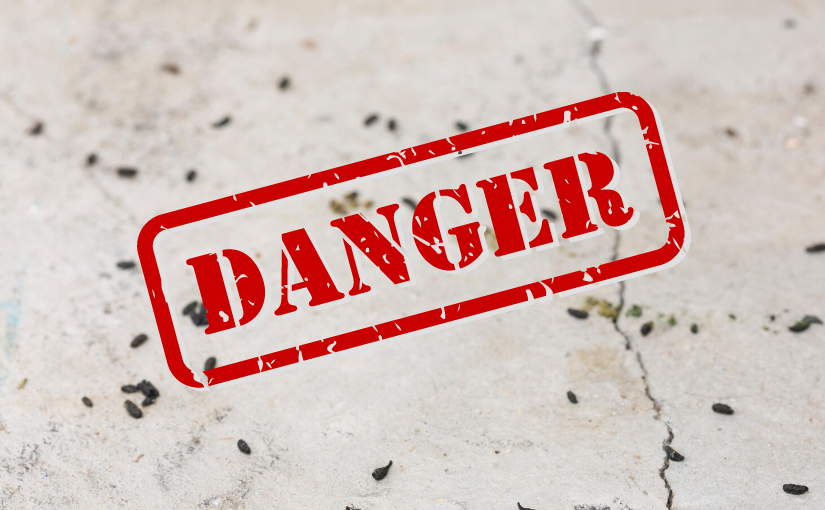
It is easy to underestimate the dangers of a mouse infestation because the animals seem so small and timid. It’s not aggressive behaviour that makes mice dangerous but the things they do in your home, such as chewing on electrical wires and leaving behind droppings. You often see the droppings before you see the actual mice. If you find any signs of an infestation, especially mouse droppings, contacting mice removal services should be a top priority because the droppings can spread dangerous diseases.
What Do Mouse Droppings Look Like?
Mouse droppings are usually concentrated in the areas where they nest and breed. They may also be found in the areas where they feed and where they collect nesting material. Fresh mouse droppings are black or brown with a moist appearance. Older droppings may look drier and more grey. Mouse droppings are roughly cylindrical in shape with tapered ends. In size and shape, they resemble grains of rice.
What Diseases Can You Get From Mouse Droppings?
The disease that most people are concerned about getting from mouse droppings is hantavirus. This is a pathogen that causes severe respiratory distress that may require mechanical ventilation in a hospital. There is no cure or vaccine for hantavirus, and approximately a third of infected patients do not survive. The good news is that only a few rodent species carry hantavirus. The bad news is that some of the most common mouse species in Ontario, such as the white-footed mouse and the deer mouse, are known hantavirus carriers.
Hantavirus may be the most serious disease you can get from mouse droppings, but it is by no means the only one. Other conditions that mice can spread through their feces include the following:
- Tularemia is a bacterial infection that can cause different symptoms depending on how it enters the body. If you consume food or water contaminated with mouse droppings, tularemia may cause symptoms such as swollen lymph glands in the neck, sore throat, tonsillitis, and mouth ulcers.
- Salmonellosis is a bacterial infection that causes gastrointestinal complaints.
- Leptospirosis is a bacterial infection that can cause systemic symptoms that may be mistaken for other illnesses. Possible complications include meningitis or failure of the liver or kidneys.
Though these infections may be severe, it is often possible to treat them with antibiotics. This is not true of viral infections such as hantavirus.
How Can You Clean up Mouse Droppings in Your Home?
Rodent control in Toronto isn’t complete until contamination from droppings is cleaned and disinfected. Because you can’t tell a mouse’s species by its droppings, you should assume that any mouse droppings you find in your home contain hantavirus. People become infected with hantavirus by inhaling aerosolized particles from the rodents’ feces. Therefore, it is important not to try to sweep up or vacuum the droppings, or you could launch those particles into the air. Leave the droppings undisturbed until you are ready to clean them up.
Wear personal protective equipment when cleaning up mouse droppings. These include rubber gloves and N95 face masks. You should also wear long pants and a long-sleeved shirt that you can launder when you are finished in a load separate from other clothing or linens.
Use a disinfecting solution made from one part bleach and nine parts water to soak the droppings and any other materials that may have been contaminated by them, including mice nests. Let soak for five minutes before mopping up or removing with paper towels. Place droppings and nesting materials in a sealable plastic bag. Close it thoroughly, without squeezing out excess air first, and put it directly in the trash.
Use the bleach solution on your gloves or wash them with soap and water before removing them from your hands. Dispose of the gloves and then wash your bare hands with soap and water.
Mice removal services are only one type of pest control in Toronto offered by Truly Nolen. Contact us for more information.